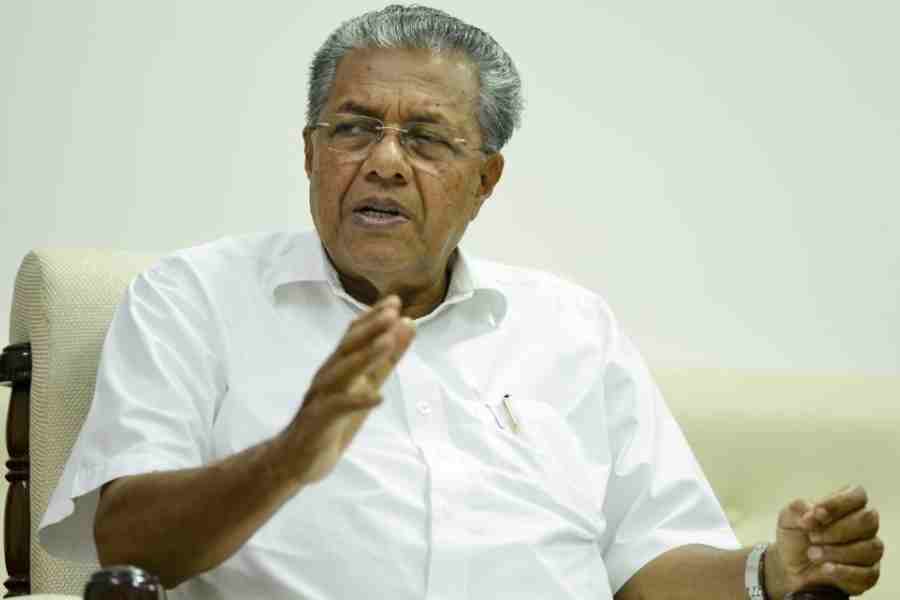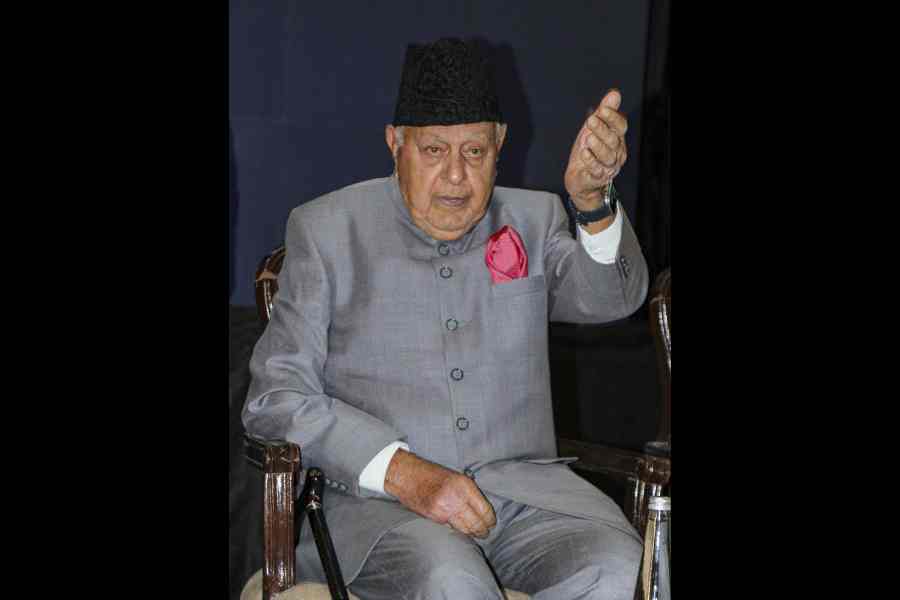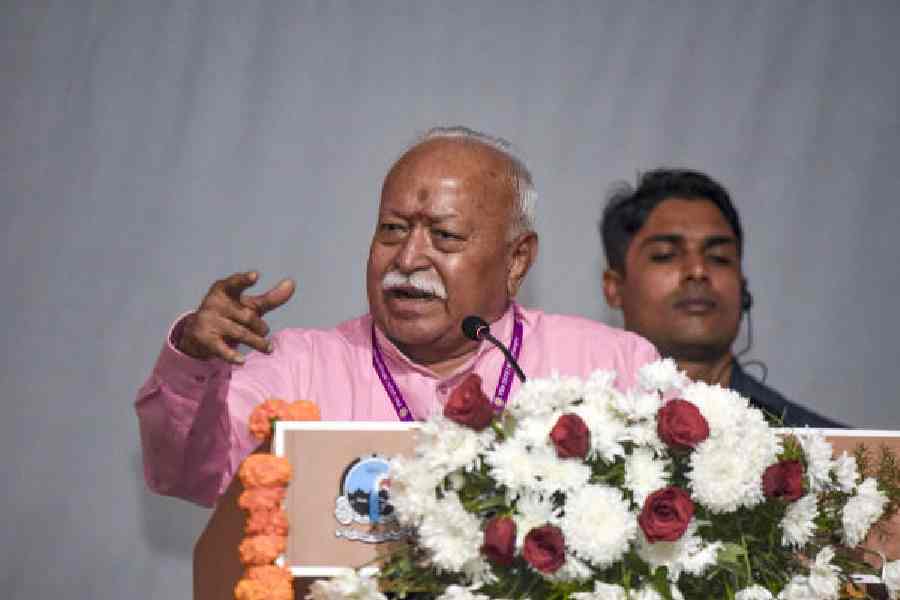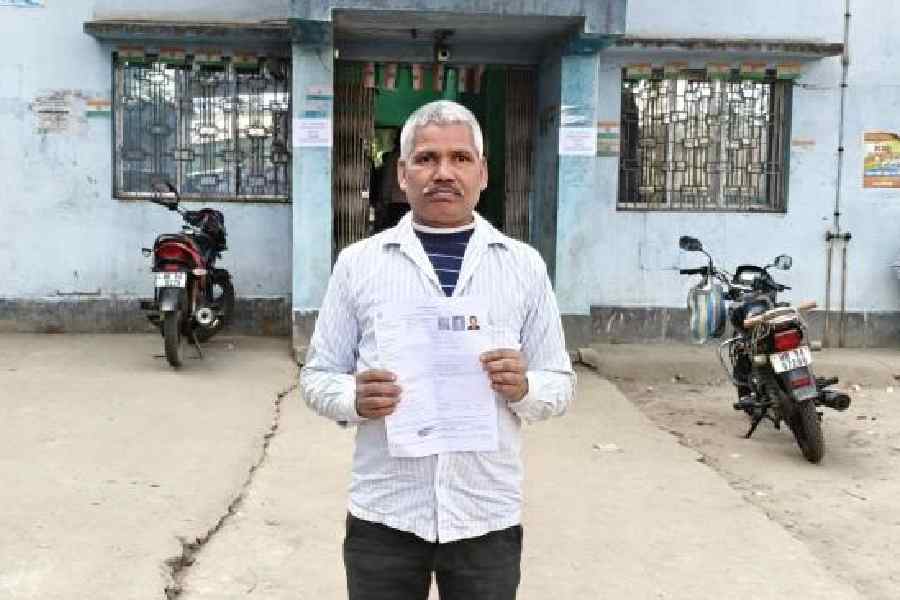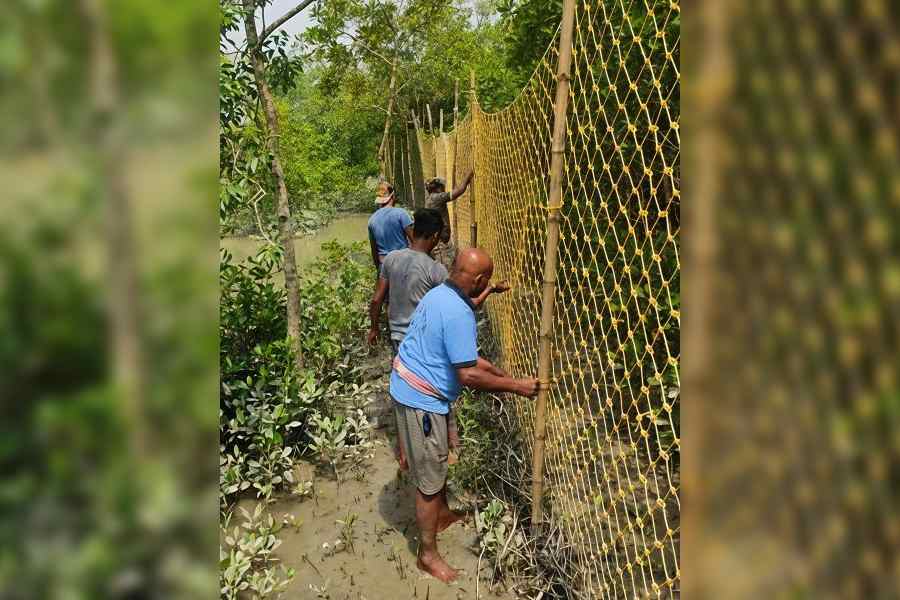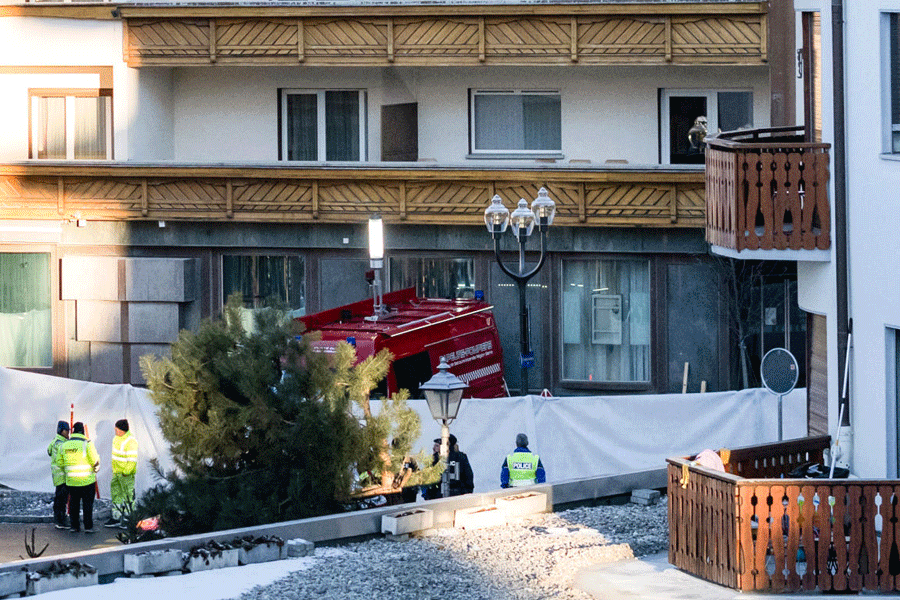While marking the silver jubilee of Kerala’s imposing legislative assembly building in Thiruvananthapuram, the vice-president, Jagdeep Dhankhar, was particularly generous to the state. He lavished praise on Kerala’s tradition of progressive legislation and its unwavering commitment to social justice. At the breakfast hosted for him and his wife by the chief minister, Pinarayi Vijayan, at his official residence, Dhankhar also appreciated Vijayan’s administrative acumen.
All this generosity may be seen as routine from a gracious guest toward his hosts irrespective of their mutual political differences. The vice-president was all sweetness and light, in sharp contrast to his belligerent persona as West Bengal’s governor in respect to the chief minister, Mamata Banerjee. His appreciation was for Kerala’s long-term gains and not particularly for the present Left Democratic Front government. Yet, it came as a consolation for the government celebrating its second anniversary in the face of a massive agitation launched by the United Democratic Front and the Bharatiya Janata Party, dubbing it as Kerala’s most corrupt administration ever. Dhankhar’s praise has also coincided with BJP leaders, including the prime minister, Narendra Modi, glorifying the controversial film, The Kerala Story, which portrayed the state as a terrorist den.
The LDF’s progress report after returning to power for the first time in 2021 is mixed. In the past two years, the state has recovered from the crippling impact of Covid-19, according to the State Planning Board’s Economic Review 2022. From a negative rate in the pandemic-hit previous year, the state’s gross state domestic product grew in 2021-22 at 12.01% at constant prices, the highest in a decade. The previous year’s rate was (-) 8.4%. However, according to the Reserve Bank of India’s Handbook of Statistics on the Indian Economy, Kerala’s net state domestic product in 2020-21 at constant prices failed to cross the pre-Covid figures.
Kerala’s finance minister, K.N. Balagopal, ascribes the state’s recovery to the state government’s Rs 20,000-crore stimulus package and other policy initiatives. All three sectors — agriculture, manufacturing and services —registered positive growth as against negative rates in the previous year. The state’s per capita income continued to be higher than the national average. The government also brought down the revenue deficit and the fiscal deficit as a percentage of the GSDP from the previous year. Another achievement, according to the government, was the state continuing to top the country’s SDG indices of Niti Aayog for the third year in a row, including having India’s lowest multidimensional poverty level.
According to the government, these achievements assume greater significance as they came in the face of unprecedented odds. No government had ever faced colossal natural disasters almost every year of its tenure like the previous LDF dispensation of 2016-21. They were Cyclone Ockhi in 2017, the outbreak of the Nipah virus in 2018, three annual floods and, eventually, Covid. Besides the catastrophic impact in general, the disasters ravaged the state economy’s traditional backbone — remittances from expatriates and the tourism industry. Covid led to a massive reverse migration of Kerala’s expatriates — about 15 lakh from the Gulf countries — and a fall in remittances. For the first time, remittances to Kerala from GCC countries were halved in 2020-21. Kerala was pushed down from the first to the second position (10.2%) behind Maharashtra (35.2%) in the share of inward remittances as per the RBI’s fifth round of Survey of Remittances in 2020-21 released last year. Although the cumulative economic losses of all the disasters are yet to be estimated, the three annual floods, according to unofficial estimates, killed about 600 people and inflicted damage of about Rs 50,000 crore. But notwithstanding their crippling economic impact, the recurring disasters proved to be politically beneficial for the LDF’s return to power. The LDF was buoyed by its efficient management of the bad days, including the implementation of widespread relief measures.
In the progress report published on the second anniversary, Vijayan claims that 809 of the 900 projects promised by the LDF’s election manifesto are at various stages of implementation. Among the big projects, the completion of the Rs 1,065 crore Water Metro Project in Kochi stands out. The much-trumpeted, Rs 60,000 crore semi high-speed rail project hit the roadblocks following massive protests against land acquisition and after some others got embroiled in graft charges. Unlike other communist chief ministers in the past, Vijayan has insisted on implementing new as well as expediting long-pending infrastructure projects even at the cost of being called ‘authoritarian like Prime Minister Modi’ (‘Mundu udutha Modi’ or ‘Modi in a dhoti’). These include ongoing projects costing nearly Rs 60,000 crore under the National Highway Authority of India. The state’s first six-lane highway from Kasargode to Thiruvananthapuram is fast nearing completion; it got underway only after Kerala shelled out Rs 5,500 crore as the 25% share towards land-acquisition expenditure.
The disasters and the consequent economic collapse on the one side and the rise in expenditure and fall in revenues on the other led to a steep escalation of the state’s debt burden by more than 80% in the past five years. According to a study by the RBI, the state’s total debt rose from Rs 1.86 crore in 2016-17 to Rs 3.36 crore by 2021-22, making Kerala among the five most indebted states. The others are Punjab, Rajasthan, Bihar and West Bengal. According to the economist, M.A. Oommen, only Kerala, Jharkhand, and West Bengal crossed the debt cap — 25% of GSDP — stipulated by the 15th Finance Commission. The comptroller and auditor general of India, too, pulled up the state government many times for excessive off-budget borrowings and warnings of a looming debt trap.
But the government maintains that these borrowings were made to manage the state’s liquidity, implement big projects, and ensure welfare pensions to over 50 lakh beneficiaries, which kept Kerala’s poverty level below 1%, the lowest in the country. The Communist Party of India (Marxist) leader and former finance minister, Thomas M. Isaac, found the CAG’s criticism politically motivated to please the Central government. “Kerala is not in a debt trap. Public debt, triggered by the pandemic, has grown universally. We will bring it down soon through growth created by the stimulus packages and the ongoing infrastructure projects,” he wrote.
Even though Balagopal admits to severe financial challenges, he blames them on the Central government’s ‘assault on fiscal federalism’. He said that the Centre cut the revenue deficit grant by Rs 6,700 crore and Kerala’s borrowing limit from Rs 32,442 crore to Rs 15,390 crore in 2022-23. Kerala’s share in the divisible pool of taxes fell from 3.87% to 1.92% from the 10th to the 15th Finance Commissions. The cessation of goods and service taxes compensation also caused a shortfall of Rs 7,000 crore.
The Opposition rubbishes every claim of the government, accusing it of profligacy, inefficiency, corruption, and repression. It points to the unprecedented list of scams and scandals that have erupted since the previous government’s time in which the senior members of the chief minister’s office and even his family are allegedly involved. The media are having a field day. Although most charges remain unproven, neither Vijayan nor the government has bothered to prove that Caesar’s wife is above suspicion. Like Prime Minister Narendra Modi, months — three months — have passed since Vijayan met the media.
M.G. Radhakrishnan, a senior journalist based in Thiruvananthapuram, has worked with various print and electronic media organisations

